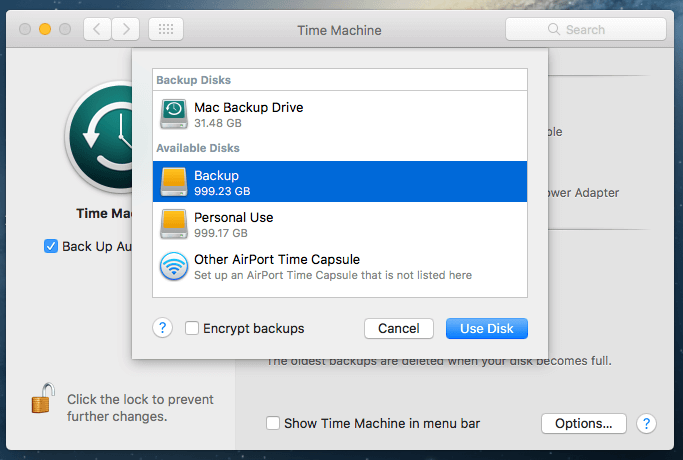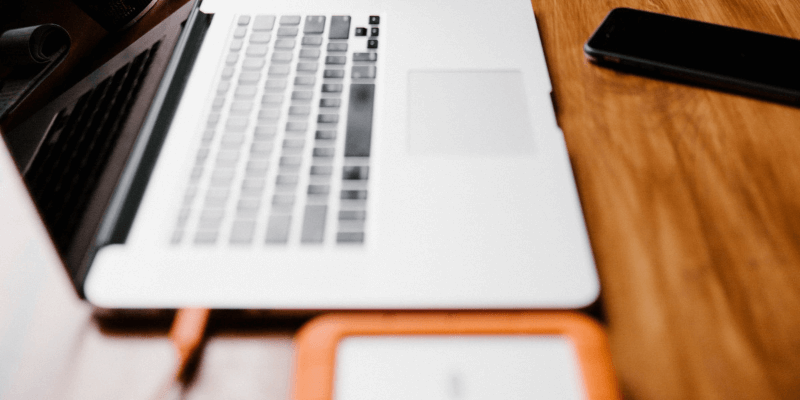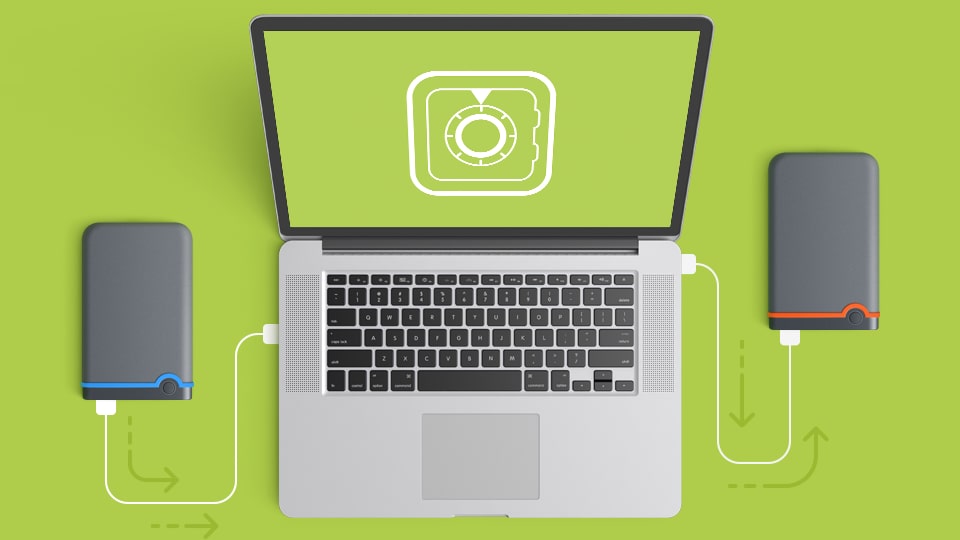

- #How to back up macbook pro for drive upgrade how to#
- #How to back up macbook pro for drive upgrade mac os#
- #How to back up macbook pro for drive upgrade install#
- #How to back up macbook pro for drive upgrade password#

Upon receiving the SSD, I moved the screws from the side of the old disk to the same locations on the new drive, and then installed the drive in the MacBook Pro.
#How to back up macbook pro for drive upgrade password#
When the correct password is supplied, the command erases the thumb drive media, copies installer files to the drive, and configures the thumb drive to serve as bootable media. Sudo /Applications/Install\ OS\ X\ El\ Capitan.app/Contents/Resources/createinstallmedia -volume /Volumes/Untitled -applicationpath /Applications/Install\ OS\ X\ El\ Capitan.app -nointeractionĪs Mashable notes, Terminal prompts the user for the administrator password. Once the El Capitan installer was downloaded to my Mac’s Applications directory and the thumb drive finished formatting, I opened a Terminal window and typed the following command, which I found on Mashable (they credited MacRumors member tywebb13 with sharing the command):

#How to back up macbook pro for drive upgrade mac os#
I made no changes to the Disk Utility’s default settings, leaving the format set to Mac OS Extended (Journaled) and name as Untitled. I selected the thumb drive and clicked the Erase button that appears along the top Disk Utility’s top menu. Using my other Mac, I connected the thumb drive and opened Disk Utility.

#How to back up macbook pro for drive upgrade install#
After ordering the replacement drive, which cost just over $78 including a three-dollar surcharge for expedited shipping, I downloaded the OS X El Capitan install file using another Mac, since I now had the MacBook Pro in pieces. Note, the photo shows the new SSD drive installed in place of the old 5400RPM traditional hard disk.Īfter ensuring I could easily replace the hard disk, I found and ordered a compatible SSD on. The hard drive’s location within the mid-2012 MacBook Pro is circled in red within the next photo. Then I carefully removed the wiring harness that connects the battery to the motherboard, as circled in red below.įor the next step, I removed the two screws from the black plastic hard drive retention piece that secures the hard disk to the motherboard. I noted which screws came from which location, as several of the screws are of different sizes. SEE: OS X El Capitan: The smart person’s guideįirst I placed the MacBook Pro upside down on a static-free mat and removed the screws from the laptop’s bottom casing. Instead of tossing the laptop, I purchased a $65 240 GB SSD and had the MacBook Pro back up and working faster than when it was new (with a 750 GB 5400RPM traditional drive). The hard disk in my mid-2012 MacBook Pro (purchased very late in 2012) gave up the ghost. Well, when you have a less than three-and-a-half year-old MacBook Pro that’s packed with an Intel Core i7 and 8 GB RAM and is otherwise running perfectly, I recommend replacing the failed drive with an SSD. And then, what happens after you invest such time and effort and the laptop’s logic board or display fails? Is it worth continuing to invest funds in keeping the system running? Networking: Must-read coverageĥ programming languages network architects should learn (free PDF)īehind the scenes: A day in the life of a database administratorĢ0 steps to decommission a redundant data center facilityġ7 Terminal commands every user should know Should you replace the hard drive, reinstall the OS, and recover all the system’s applications and data? That’s a lot of work. Laptops that fail three or four months after the extended warranty expires have always proven challenging. Here's how an IT pro replaced a three-year-old MacBook Pro's hard drive with an SSD for less than $80 in about an hour.
#How to back up macbook pro for drive upgrade how to#
How to replace and upgrade a MacBook Pro hard disk


 0 kommentar(er)
0 kommentar(er)
